Generality
Artichokes are herbaceous plants typical of the Mediterranean basin (in Italy, they are mainly located in the Center-South); belong to the Asteraceae family, Cichorioidae subfamily, Genus Cynara and Species cardunculus; the most widespread subspecies is the scolymus. Ultimately, the trinomial nomenclature of common artichokes corresponds to Cynara cardunculus scolymus.
Artichokes are vegetables whose inflorescences are mainly consumed (immature flower heads, then harvested before their flowers bloom) and the respective stems.

The edible portion is obtained from the long flower scapes (inflorescence + stem, see figure) that the plant produces in autumn or spring (again according to the variety of artichokes in question).
Artichokes MUST be picked as long as they fully retain all the organoleptic and taste characteristics: le bracts (which would be a kind of outer petals, improperly called "leaves") must NEVER become hard and i flowers interiors must NEVER fully develop.
Description
From the structural point of view, the artichoke is characterized by an enlarged, fleshy and succulent basal floral portion (the heart), protected with bracts in the shape of scales which, depending on the variety, end or not with a sting (thorns). These bracts, which from the inside outwards become more and more fibrous and less edible (so much so that they are discarded before or after cooking) surround an inedible "beard" (pappus).
- The edible part of the artichoke is therefore given by the lower portions of the involucral bracts and by the receptacle. In some preparations, the stem is made edible once the harder and more stringy outer bark is removed.
The leaves, up to 80cm long, are green or purplish in color with gray reflections and grouped in small "bunches"; they too end with a thorn. The large toothed leaves that decorate the caule (stem) represent the part of the artichoke that is effective from a medical / officinal point of view.
All the artichokes cultivated today are the result of the differentiation of a "single species, the Cynara cardunculus or carduccio, of which they consume: the scales, the calyx and the soft portions of the stem.
How to Clean Artichokes
Problems with playing the video? Reload the video from youtube.
- Go to the Video Page
- Go to the Video Recipes Section
- Watch the video on youtube
Background
Artichokes are vegetables known since ancient times. The first findings indicate that the Egyptian civilization was among the first to appreciate their taste and medicinal properties, giving them the name of Kynara. The Arabs called them kharshaf and already in the 4th century BC they mastered its cultivation. The Greek botanist Theophrastus he grouped it in the Composites in the 4th century BC and also Lucio Columella, in the "work" De Rustica ", suggests the cultivation of the flower. Pliny the Elder, writing the" Naturalis Historia ", mentions it with the name of cardus. The first Italian crops , from the fifteenth century AD, can be traced back to the Neapolitan territory thanks to the merchant Filippo Strozzi who allowed it to spread in Tuscany and then elsewhere. The Latin wording was the work of Linnaeus who considered the ashen color of the leaves well for the choice of the Genus and the thorniness of the same for the Species: Cynara scolymus.
Variety
Artichokes, like many other vegetables, constitute a large group of varieties that differ from each other in terms of their appearance, origin, seasonality, organoleptic-gustatory characteristics and culinary applications. Below we will list some of the best known on the Italian peninsula.

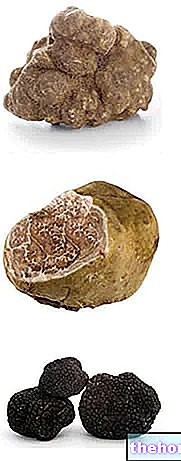

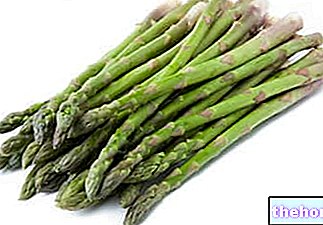
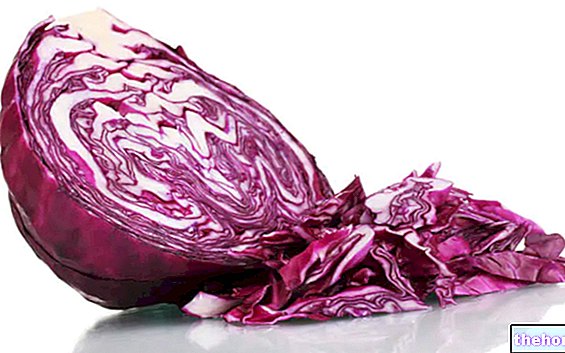
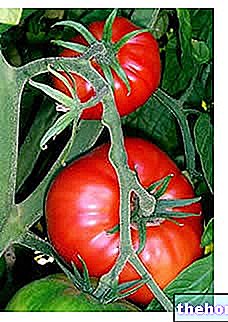
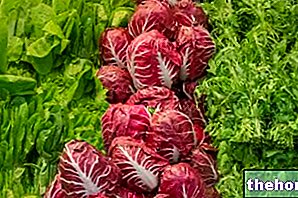












-nelle-carni-di-maiale.jpg)








